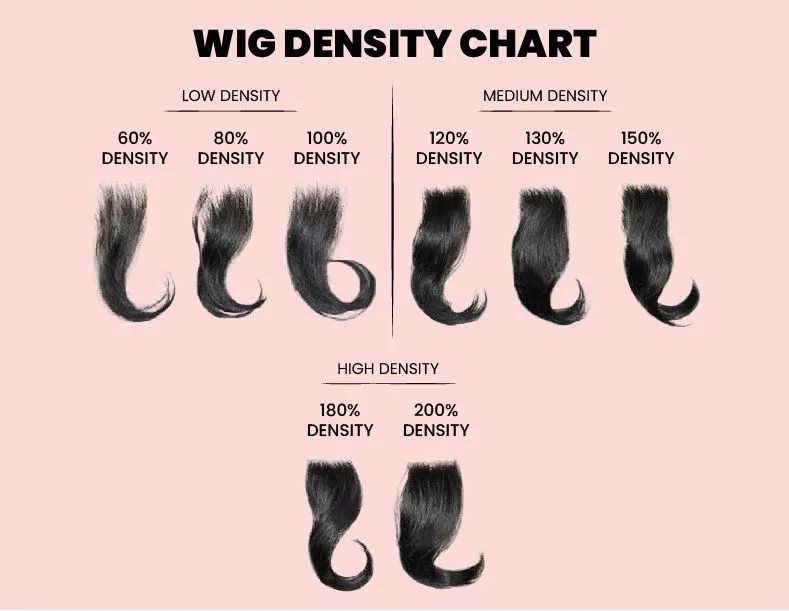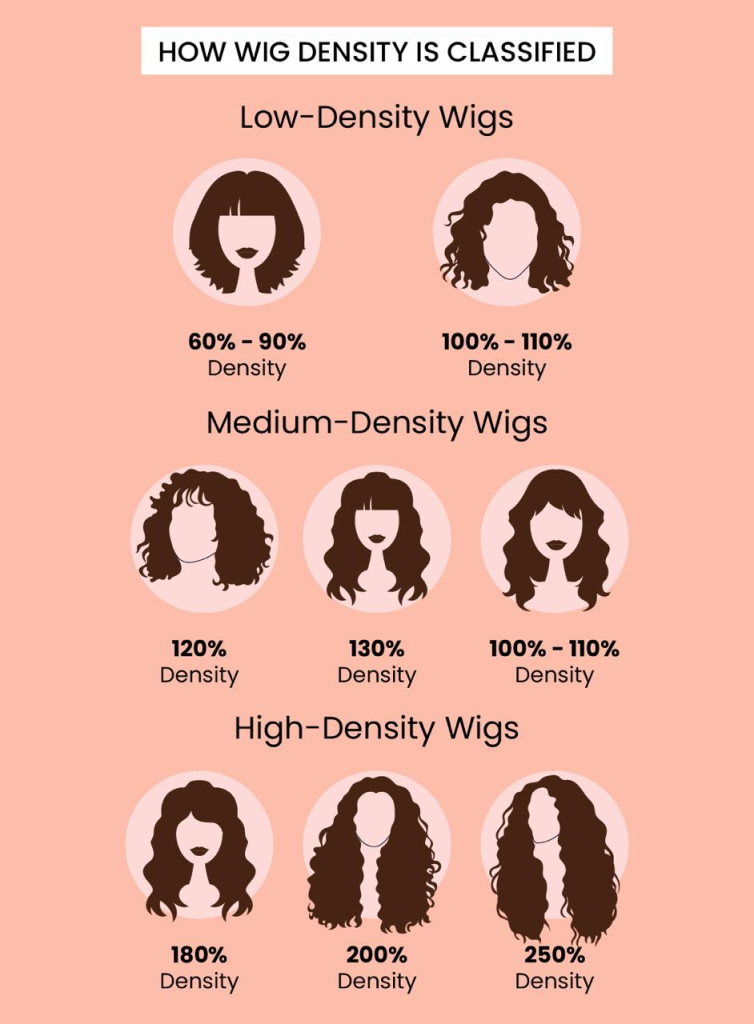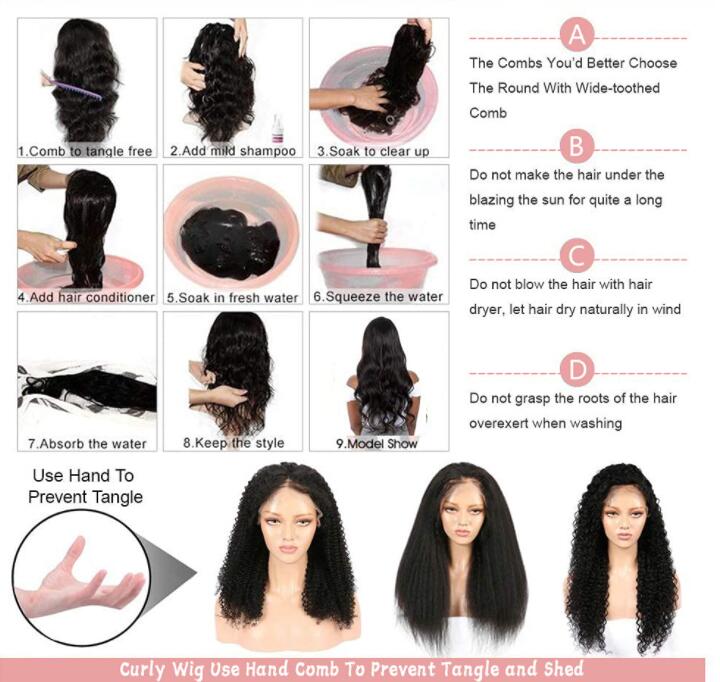1. Introduction – Why Choosing the Right Density for Your Wig Matters When it comes to wearing wigs, Choosing the Right Density for Your Wig can make all the difference between a flawless, natural look and an unnatural, bulky appearance. Wig density refers to the amount of hair used on the wig cap, which directly […]
When it comes to wearing wigs, Choosing the Right Density for Your Wig can make all the difference between a flawless, natural look and an unnatural, bulky appearance. Wig density refers to the amount of hair used on the wig cap, which directly affects how full and voluminous your wig appears. From light and breathable styles to glamorous, full-bodied looks, understanding wig density ensures you pick a style that complements your face shape, lifestyle, and personal comfort.
Before diving into Choosing the Right Density for Your Wig, it’s important to understand what “density” means. Wig density is expressed as a percentage—usually ranging from 80% (very light) to 200% (extra full). This number indicates how thick or thin the wig hair will be. For example:
Knowing these density levels will help you make an informed decision when Choosing the Right Density for Your Wig.

Your face shape plays a key role in Choosing the Right Density for Your Wig. For petite or small faces, lighter density often looks more proportionate. On the other hand, if you have strong facial features or a larger frame, higher density can balance your look.
If you wear your wig daily, comfort should be a top priority. Lighter densities are breathable and easier to manage, while higher densities can feel heavier—better suited for occasional wear or special events.
For sleek, straight hairstyles, medium density is usually the best choice for a natural flow. If you prefer curls or waves, a higher density ensures the style holds better and looks more voluminous.
Hot climates often make lighter densities more practical, as they allow for better airflow and reduce sweating. In colder seasons, heavier densities can add warmth while providing a fuller look.

Great for beginners or those who want a natural, “barely-there” feel. This choice is ideal for a minimalistic, everyday appearance.
The most popular range for Choosing the Right Density for Your Wig because it strikes the perfect balance between naturalness and fullness. Works well for most hairstyles.
A statement-making choice for bold, glamorous looks. Best for photo shoots, events, or if you love maximum volume.

Choosing the Right Density for Your Wig is not just about style—it’s about finding the perfect balance between appearance, comfort, and practicality. By considering your face shape, lifestyle, styling preferences, and climate, you can confidently select a wig density that enhances your beauty and fits your needs. Remember, the best wig is one that makes you feel both comfortable and confident, every single day.
For more details on caring for virgin hair, you can also check this external guide: Hair Care Tips.
Want to learn more about wig care? Read our wig maintenance guide on Allure.
🛒 Other styles on here: wigs , bundles&closure, hair extentions

© 2025 TRENDY HAIR. Powered by SAOKIM Digital.
© 2025 TRENDY HAIR. Powered by SAOKIM Digital.
Your order has been received. Our staff will contact you via whatsapp and email within maximum 30 minutes to guide you through payment and complete your order . Please always check DM on your whatsapp.